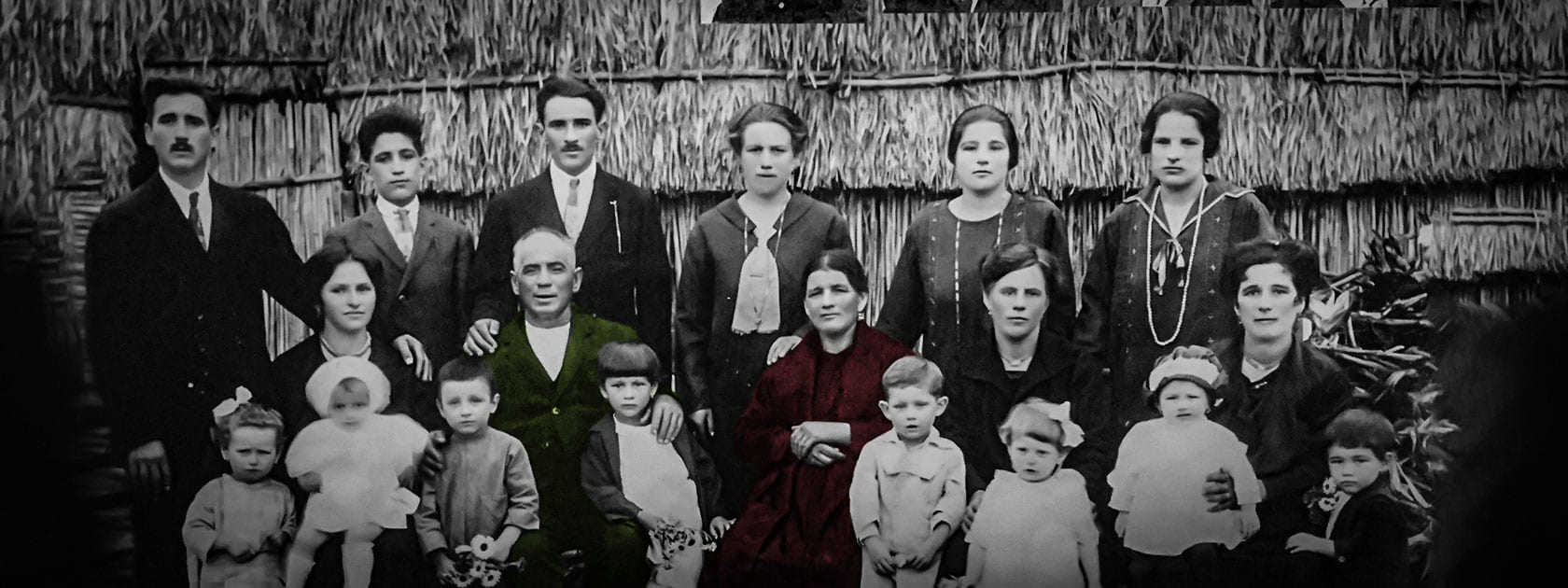Written by Eva Violin

Moncia Covaccini was born December 8, 1971, is a former Canadian artistic gymnast. She competed at the 1988 Summer Olympics in Seoul and became Canada’s youngest champion. She trained a minimum of 25 hours each week and was one of the country’s best by the time she was 12. Though it seems she was a national treasure, the information I just shared with you is nearly all the available information about Monica and her time as a successful gymnast. Compared to male Olympic champions from 1988, such as Ben Johnson (whose information can be found in 250,000,000 google results), Covacci has a devastatingly small recorded historical footprint. This directed my research to the underrepresentation and under-appreciation of women in sport industry. Additionally, Monica is a Dalmatian Italian. Julian-Dalmatian Italians are Italians primarily from the northeastern regions of Istria and Dalmatia. Upon post World War II emigration, Julian-Dalmatians were so heavily-dispersed in different mosaics, that they became the most forgotten Italians. I found that Monica Covacci’s gender-related contingencies intersect with her Dalmatian-Italian identity, resulting in the lack of information on her.
The purpose and methodology of my research came naturally. As a female athlete and aspiring female professional in the sport industry, I became unwillingly educated on the subject matter. From being one-of-en women in a 250-person lecture, to watching my soccer teammates give up on their dreams because of the lack of a promising future, I found great purpose in researching Monica. I also want to establish the lack of information of many Italians, especially female and/or Dalmatian Italians, and to identify the importance of these individuals in history. For such an impactful figure in Canadian sports, you might expect to find her details on google instead of the archives. With the sport industry expanding exponentially, mentions of social justice and gender equality are inevitable and multifaceted. The industry is constantly faced with varying challenging social issues and will furthermore be required to structure their depths in order to take care of their athletes. Sport stakeholders should be expected to understand hidden figures in gymnastics in order to foster a more inclusive environment. Thus, this research can be a tool for understanding the value of women and Italians in sport and can prevent further unequal treatment of Olympic athletes.
In order to find information on such a misrepresented figure in the Olympics, I drew upon various published academic articles and archival data. There is a collection of YouTube videos of Monica’s performances at the Olympics and the Olympic Committee’s official records of her scores per event are available online. There is no doubt she was one of a kind. To better grasp Monica’s misfortune being a woman in the sport industry in such a time period, I used an academic journal written by Harris Kristin Fowler, in which women are proven to be unrepresented and essentially erased from sport history. I also drew from my personal archive. In 2021 I documented an interview with Megan Chayka. Megan Chayka is an established Canadian data scientist in ice hockey analytics whom I got the opportunity to ask questions on her experience as a woman in the sport industry. She was able to highlight the current state of the industry, riddled with male leadership, male celebration, male opportunities, male mindsets, and so forth. I also referred to Carmelina Moscatos’s argument that female athletes are not celebrated regarding audience and spectatorship due to institutionalized masculinity. The sport industry, otherwise known as a boy’s club, was created for boys, meant for boys, and not for girls. In terms of the Julian-Dalmatian Italian perspective, my research was rooted in Konrad Eisenbichler’s book, Forgotten Italians. How ironic, I was only able to find the fact that Monica was Dalmatian-Italian through a book named Forgotten Italians. Eisenbichler encapsulates Dalmatian-Italians and why they went ‘missing’. I found that in an attempt to leave their homes and come to Canada to start a better life, in hopes to remain Italian, Dalmatians were listed as refugees from Yugolsavia instead of immigrants from Italy by the immigration officials. They were given a new identity as a means of control. As a woman and as a Dalmatian-Italian, Monica Covacci hardly exists in the cultural lens of the sport industry.
“Sports have reflected and reinforced various hegemonies of oppression and inequality in our society such as racial, gender, sexual orientation, and social class prejudices” (Harris et al., 2014). This theoretical approach implies that Monica had been subjected to an intersectional disadvantage in which she is a woman and a Dalmation-Italian. She is an important female Italian figure in sport and was under-acknowledged in a historical context. I increasingly recommend more information on her, as her historical presence is lack-lustre in academia and in archival data. I would enjoy interviewing her or having access to an interview of her telling her story. Monica’s lived experience would be a valuable source of primary research on the subject matter. She was the youngest champion of her time and has not been celebrated since. It is vital to acknowledge her contributions to gymnastics and the Olympic standards, as an inspiration to female gymnasts and Italian-Canadians across the county.
Bibliography
“AA 1988 Olympics Monica Covacci CAN FX 9 750.” YouTube. https://m.youtube.com/watch?v=EeY4aDCK1c8.
Eisenbichler, Konrad. Forgotten Italians: Julian-Dalmatian Writers and Artists in Canada. Toronto: University of Toronto Press, 2019. https://doi-org.proxy.library.brocku.ca/10.3138/9781487519285.
Hall, Erin. “Silvana Burtini.” Archival Research of Italian-Canadian Immigration and Culture, supvr. Teresa Russo, issue 4 Forthcoming, 2023, Guelph (academic poster, Italian-Canadian Narratives Showcase (ICNS), Sandra Parmegiani. www.italianheritage.ca/list-of-projects/immigration.
Harris, F. H., & Grappendorf, H., Veraldo, M. C., & Aicher, J. T. “A Concern for the Future of Sport Management: Female Students’ Perceptions Toward Their Sport Management Degree.” Global Sport Business Journal, vol. 2, no. 3. 2014. pp. 28-43. https://scholar.google.com/citations? view_op=view_citation&hl=en&user=BT76acgAAAAJ&citation_for_view=BT76acgAAAAJ:4TOpqqG69KYC.
Russo, Teresa with Matthew Kapogines. “A Panel Discussion on Soccer in Ontario with Paul Stalteri and Carmelina Moscato. Centre for Sport Capacity (CSC) and Department of Modern Languages, Literatures and Cultures (MLLC) at Brock University, 28 October 2020. ARICIC, issue 3: Oral Histories, Oral Histories: Traditional and Poetic Forms – Italian-Canadian Narratives Showcase (italianheritage.ca). April 2021.
The Private Collection of Eva Violin. 2021. https://docs.google.com/document/d/1Wd_onKpdw0mdumY8MjGsx-jo4h7dddKpBrHjjoO0GxQ/edit?usp=sharing.
How to cite this page:
MLA STYLE: Author. “Title.” Title of container, Other contributors, Number (vol. and/or no.), Publisher, Publication Date, Location (pages, paragraphs and/or URL, DOI or permalink). 2nd container’s title, Other contributors.
Centurione, Tori. “Italian-Canadian Professional Female Ice Hockey: Laura Fortino.” In Archival Research of Italian-Canadian Immigration and Culture, supvr. T. Russo, issue 4: Sports in Italian-Canadian Communities, Brock University, December 2022, St. Catherines (Sports in Italian-Canadian Communities – Italian-Canadian Narratives Showcase (italianheritage.ca)). Italian-Canadian Narratives Showcase (ICNS), Sandra Parmegiani and Nivashinee Ponambalum.


